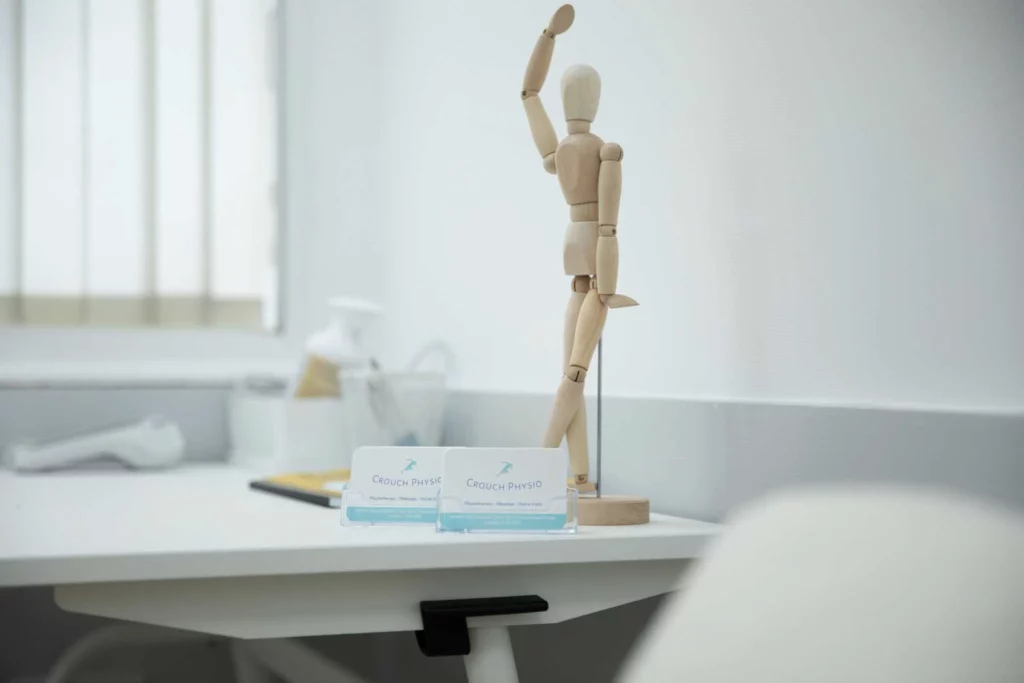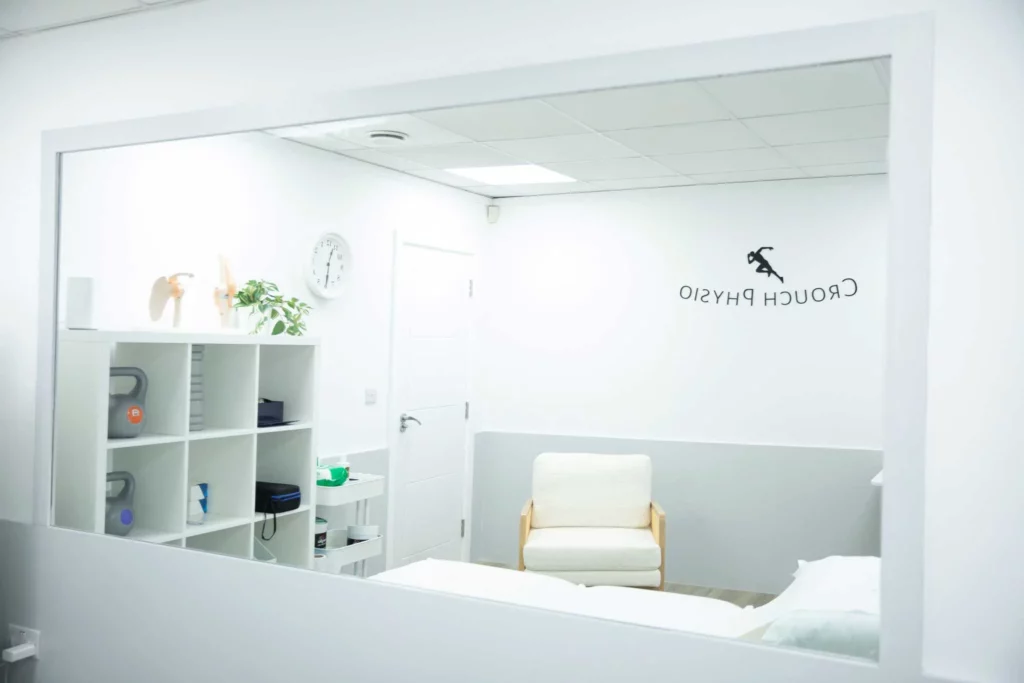Subacromial Pain Syndrome (SAPS) is one of those shoulder issues that can make life frustratingly difficult, especially when lifting your arm or doing overhead activities. If you’ve heard terms like “rotator cuff impingement” or “shoulder bursitis,” you’re in the right ballpark. SAPS is essentially a catch-all term for pain originating from the structures in the subacromial space, including the rotator cuff tendons and the bursa.
As physiotherapists, our goal is to help people understand their shoulder pain, identify the root cause, and guide them through recovery. Let’s break down how we approach SAPS from assessment to treatment, in plain language.
Assessment: Finding the Source of the Pain
When someone comes into the clinic complaining of shoulder pain, we start with a detailed conversation. Questions like, “When did the pain start?” and “What activities make it worse?” help us understand the context of the problem. For SAPS, people often report discomfort when reaching overhead, putting on a jacket, or even lying on the affected side.
Next, we move to a physical examination. This usually includes:
- Observation: We look at posture and shoulder positioning. Sometimes, a slouched posture can contribute to narrowing the subacromial space.
- Range of Movement (ROM) Tests: These help us identify any stiffness or limitations in the shoulder joint.
- Strength Testing: Weakness in the rotator cuff or scapular stabilisers can contribute to SAPS.
- Special Tests: These are specific movements that help confirm whether the structures in the subacromial space are the culprits. For example, the Hawkins- Kennedy test or Neer’s test (1).
It’s also important to rule out other potential causes of shoulder pain, such as a frozen shoulder or a cervical spine issue.
Treatment: Getting You Back to Action
Once we’ve confirmed that SAPS is the issue, we tailor a treatment plan based on the individual’s needs. Here’s how we typically approach it:
- Education and Activity Modification Understanding what’s happening in your shoulder can make a big difference. We’ll talk about avoiding activities that aggravate the pain while still keeping the shoulder moving within a comfortable range. Movement is key; complete rest is rarely helpful.
- Pain Relief Strategies To manage pain, we might use techniques like manual therapy, taping, or heat/ice application (2). In some cases, we’ll recommend over- the-counter anti-inflammatory medications (with guidance from your doctor, of course).
- Targeted Exercises This is where the magic happens. Exercises are the backbone of SAPS recovery, and we’ll gradually build a programme to strengthen your rotator cuff and scapular stabilisers (3). Some common exercises include:
a. Isometric Holds: To build initial strength without causing pain.
b. Scapular Retractions: To improve posture and scapular control (4).
c. External Rotations: To target the rotator cuff muscles.
As you progress, we’ll add more functional and dynamic movements.
4. Postural and Movement Correction If posture or biomechanics are contributing to the issue, we’ll work on improving them. Sometimes, small adjustments in how you move or lift can prevent future problems (5).
5. Gradual Return to Activities Whether it’s getting back to the gym, resuming work tasks, or just being able to reach the top shelf without wincing, we’ll guide you step by step to regain full function.
What to Expect
Recovery from SAPS takes time, but the outlook is generally good with consistent effort. Most people start noticing improvements within a few weeks, though full recovery might take a few months, depending on the severity of the condition.
The key is patience. Building strength and improving shoulder mechanics doesn’t happen overnight, but trust the process, your shoulder will thank you.
Final Thoughts
SAPS can feel like a roadblock, but it’s one you can overcome with the right approach. As physiotherapists, we’re here to support you through the ups and downs, offering guidance and encouragement along the way.
If you’re dealing with shoulder pain and suspect SAPS, don’t hesitate to reach out to a physiotherapist. The sooner you address it, the sooner you can get back to doing the things you love, pain-free!
Our Barnet, Cockfosters & Enfield Physio’s have tons of experience and are specialists in dealing with SAPS. Have confidence that our specialist Physiotherapists will closely assess, diagnose & treat you in the correct & evidence-based way for all injuries. You can book an appointment here.
Blog By: Emre Oz (Musculoskeletal Physiotherapist at Crouch Physio).
References
- Witten, Adam, et al. “Terminology and diagnostic criteria used in studies investigating patients with subacromial pain syndrome from 1972 to 2019: a scoping review.” British Journal of Sports Medicine 57.13 (2023): 864-871.
- Singh, Harman, Aaronvir Thind, and Nequesha S. Mohamed. “Subacromial impingement syndrome: a systematic review of existing treatment modalities to newer proprioceptive-based strategies.” Cureus 14.8 (2022).
- Lyng, Kristian Damgaard, et al. “The influence of exercise on clinical pain and pain mechanisms in patients with subacromial pain syndrome.” European Journal of Pain 26.9 (2022): 1882-1895.
- Castelein, Birgit, Barbara Cagnie, and Ann Cools. “Scapular muscle dysfunction associated with subacromial pain syndrome.” Journal of Hand Therapy 30.2 (2017): 136-146.
- Abd El-Azeim, Alshaymaa S., et al. “Impact of adding scapular stabilization to postural correctional exercises on symptomatic forward head posture: a randomized controlled trial.” European journal of physical and rehabilitation medicine 58.5 (2022): 757.




